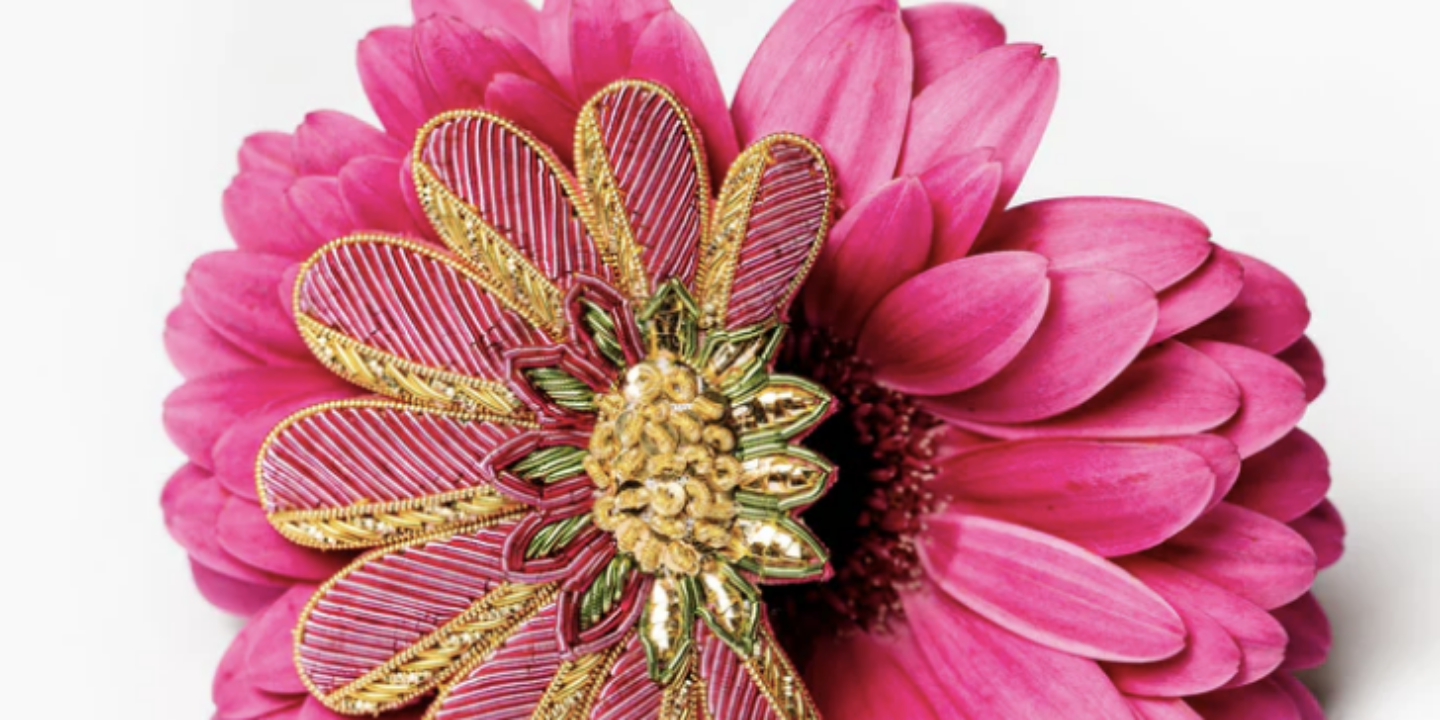

Flowers are synonymous with love, whether that’s the flowers a bride carries on her wedding day or the flowers a child gives their mother on mother’s day, flowers are seen as a gesture of affection. They are inextricably linked to feminine beauty and have been a motif of fashion for as long as anyone can remember.
From the subtle repeat pattern on a summer-time maxi dress to the sculptural and elegant detailing on a red carpet gown, flowers are synonymous with feminine fashions. But why flowers? Where did this association come from? Before we consider the connection with love and affection we should focus on fashion and textiles.
To understand the long history of flowers in fashion we have to journey back in time.
Clearly, flowers have been used to decorate clothes since ancient times, either with real flowers or with fabric that imitates their shapes and colours. But flower embroidery and prints have a more interesting history than you might have imagined.
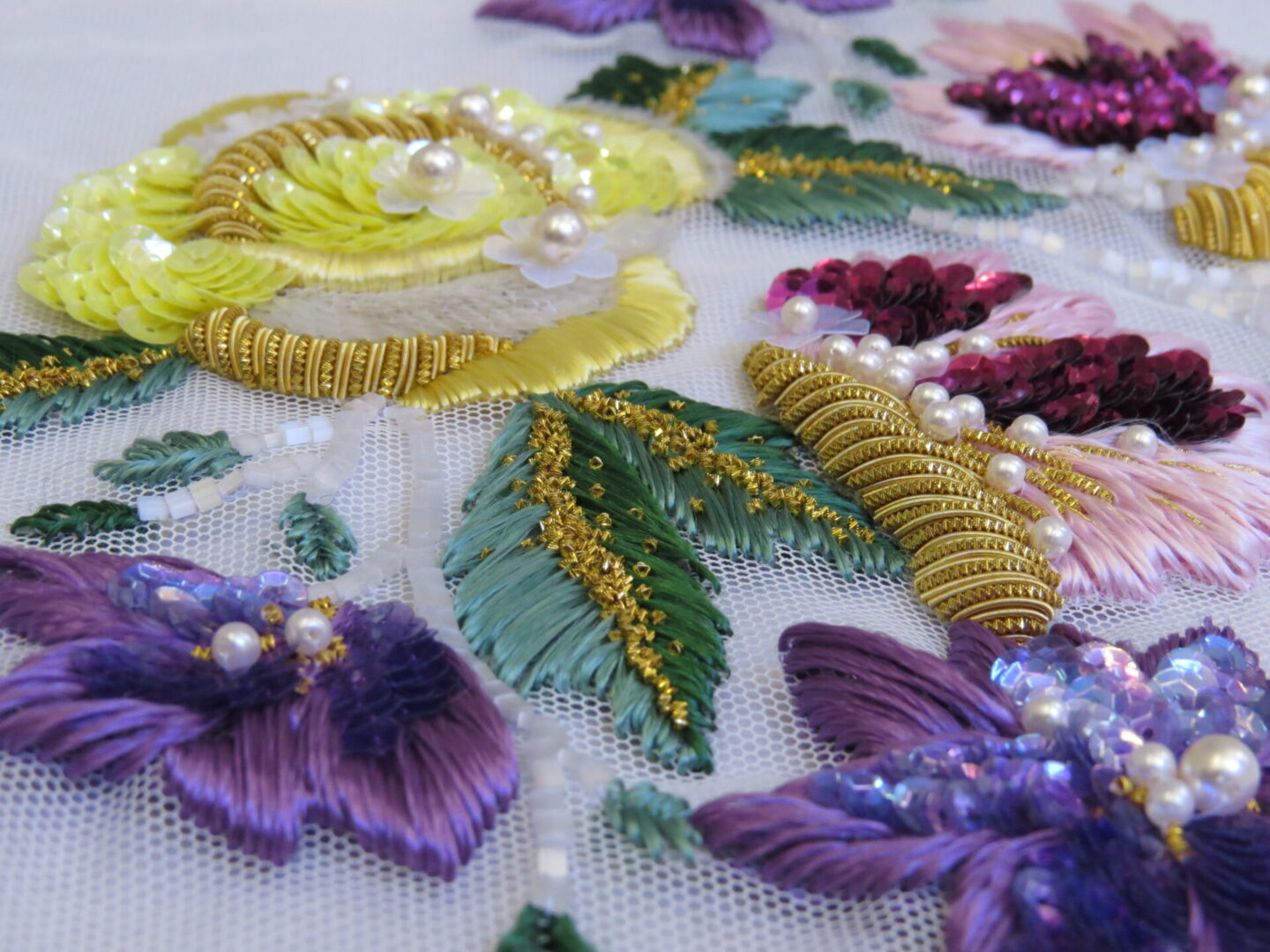
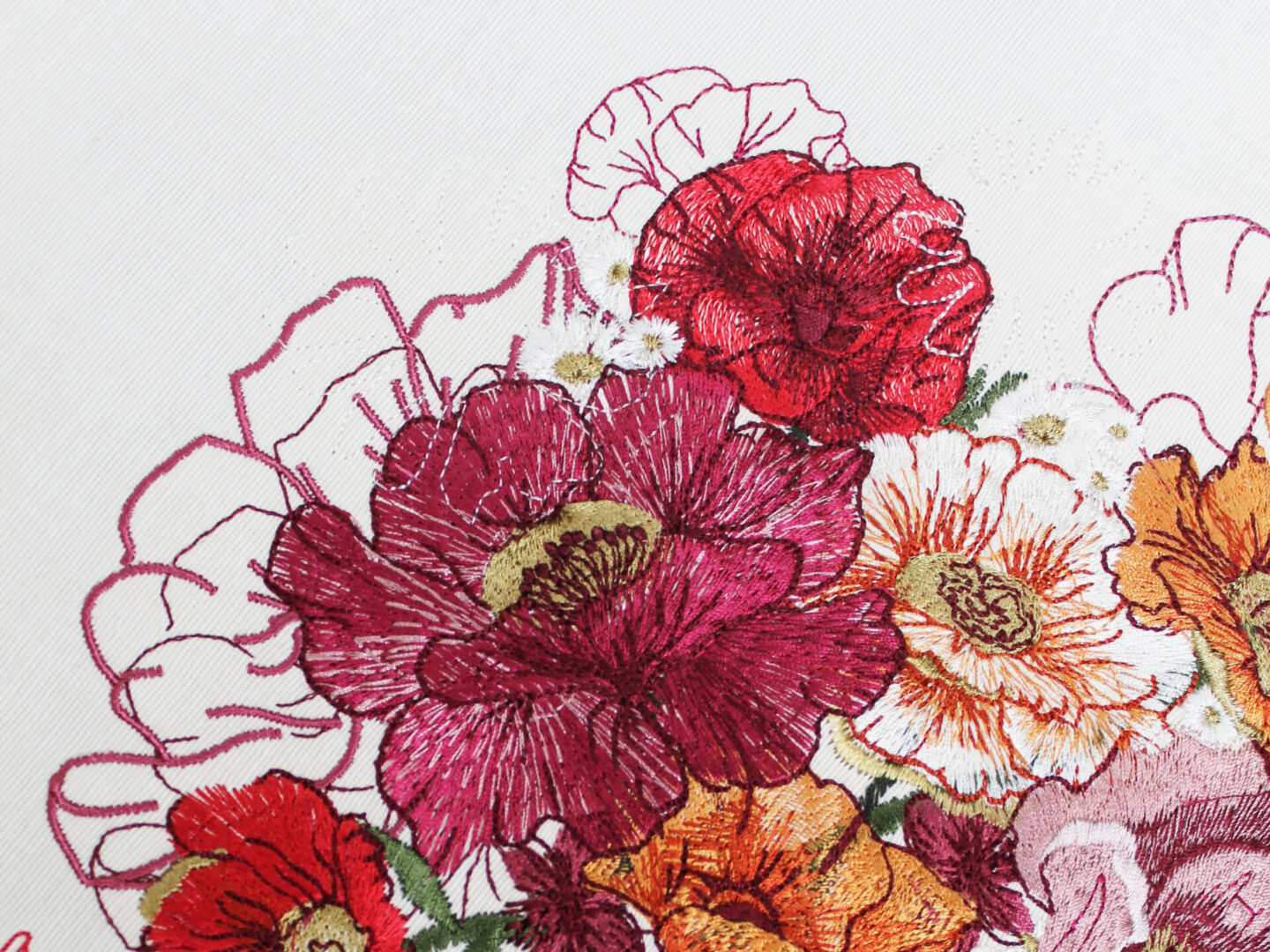
One of the earliest examples of embroidery inspired by the natural world comes from China, where silk fabrics were embellished with flowers and scenes of nature since the 7th century BC. Chinese floral motifs often had symbolic meanings, such as peonies for wealth, lotuses for purity, and chrysanthemums for longevity.
Likewise, Chinese embroidery was also influenced by Buddhism, Taoism, and Confucianism, which reflected different aspects of life and culture.
Blooming and blossoming fabrics also flourished in other parts of Asia, such as Japan, India, and Persia.
In Japan, floral motifs were created using various techniques such as katazome rice paste printing, shibori stitch-resist, and e-gasuri (iyo kasuri) dyeing. These methods produced delicate patterns with subtle shades and textures. Japanese floral designs were often inspired by seasonal changes and natural beauty.
In India, flower-inspired patterns were woven into intricate brocades or printed on cotton fabrics using wooden blocks. Indian floral motifs were diverse and colourful, reflecting the regional variations and influences from neighbouring cultures.
Some of the most common flowers used in Indian textiles continue to be lotuses, marigolds, jasmine and roses.
In Persia (modern Iran), designs were inspired by Persian gardens and carpets. Departing from the relaxed naturalistic aesthetic of India and Japan, Persian floral motifs were usually stylised and geometric. Reflecting the interest in mathematics and elegant symmetry. Persian floral fabrics were often made of silk or wool dyed with natural colours.
With the introduction of Christianity, certain flowers had divine connections to the Virgin Mary. The art of the Catholic church often used the white lily to symbolise Mary’s purity, innocence, fertility, and connection to the divine. However, beyond this, botanic-decorated fabrics and embroideries were rarely seen outside of the royal court or the church.
In Europe, the hundred-year war of the 14th and 15th centuries between England and France had caused turmoil across the continent. With those countries occupied, the Duchy of Burgundy, Holland and Flanders monopolised trading with Italy and the far east bringing more luxurious textiles to the region.
Because of strict sumptuary laws in Italy, these richly decorated textiles found their way into the fashion and wardrobes of northern European merchants. The new influential and wealthy class sought to use their finery to demonstrate status. Furs, silks, delicate embroideries and complex gold work embellishments all became popular for the first time for people that existed outside of the church and the royal court.
Wealthy men and women had sleeves embroidered with exotic flowers. A neckline might feature ribbon embroidery and fine silk flowers along its edges. It could be argued this was the first instance of a fashion trend.
Floral designs in print or lavish embroidery would come and go for centuries. Sometimes, it would be the primary fashion for debonair men, while the trends favoured un-patterned, simple looks for women. Other times, women’s hair and clothing would become a symphony of bold and bright flowers, while the men looked on in plain attire. Generally, flowers were less associated with gender, romance or love and were used as a sign of status, wealth and class.
Famous examples of feminine floral fashions include Marie Antoinette’s extravagant dresses, the lace used on Queen Victoria’s wedding dress, and in the 20th century, Christian Dior’s New Look collection.

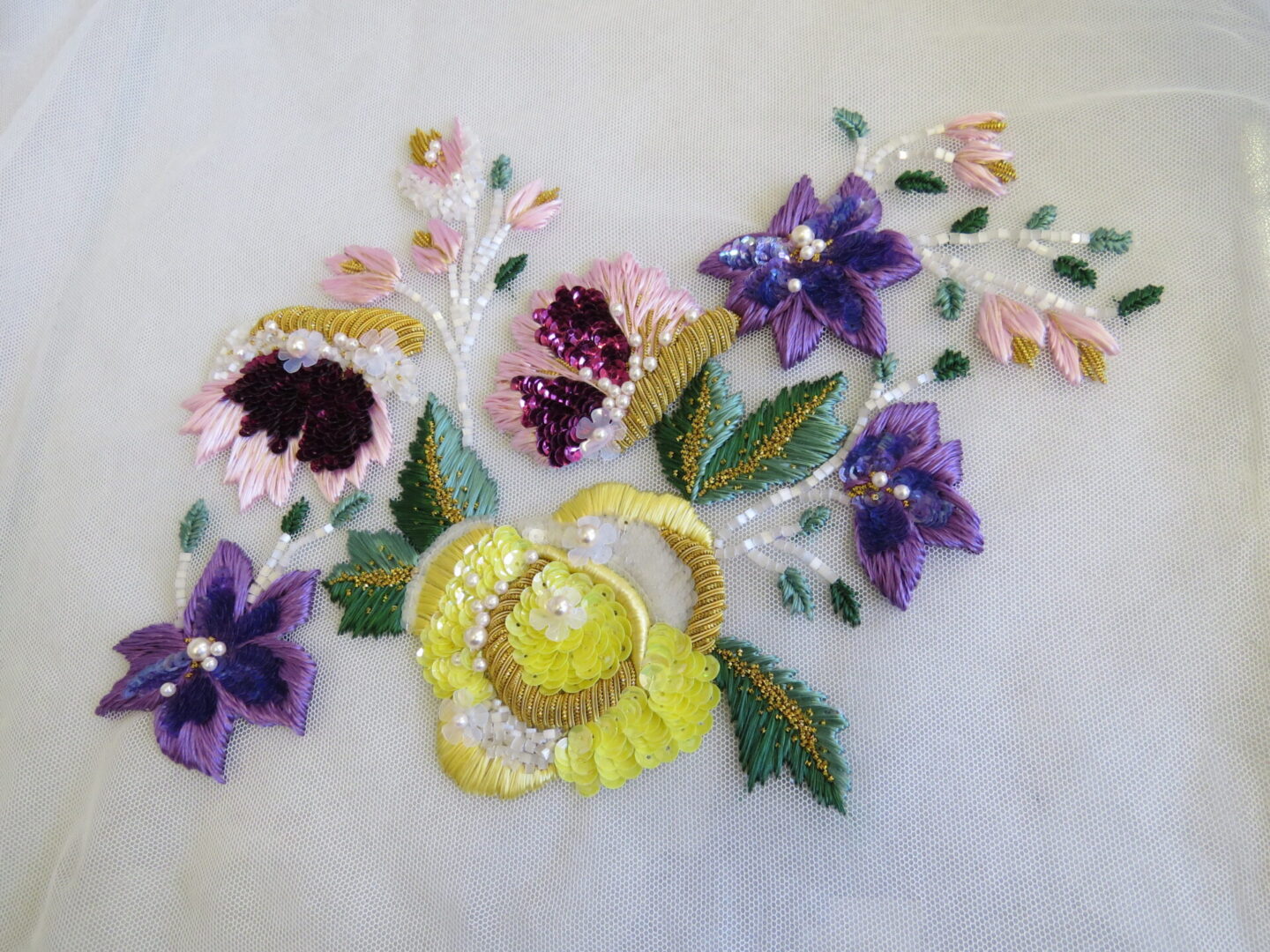
Floral design is still a prevalent trend in fashion today and doesn’t belong exclusively to one style of dress. Floral fabrics can be found in the wardrobes of women who favour looks described as ‘romantic’, ‘bohemian’, ‘vintage’ and ‘modern’. It can be found on evening gowns, lingerie and women’s office attire, just as easily as it might be found on board shorts, Hawaiian shirts and the lining of Savile row suits.
The 20th century saw a host of technical and design advances that transformed the garment industry. The ability to mass produce clothing and the machine and material advancements meant embroidery was available to everyone.
More detailed designs were possible with high-resolution fabric printing and designers could create
elaborate embroideries with sophisticated digital machines.
While hand-stitched embroidery still remained, it became more closely associated with haute couture and the kind of evening gown or high fashion that could only be worn by the very richest in society.
While many floral decorative techniques have come and gone over the centuries. Embroiderers have been careful to preserve and pass down essential sewing stitches that can replicate the shape, texture and appearance of flowers. While you might use couching, long and short stitches, silk ribbons and other stitches to create any imagery, there are some embroidery stitches that are keenly associated with the world of flowers.
Some of the most basic embroidery stitches to use to create flowers include:
Spider Web Rose: A circular stitch that creates a simple rose shape with just a needle and thread (or yarn).
Blanket Stitch: A looped stitch that can be used to make flower petals or leaves.
Sunray: A radiating stitch that can be used to make sunflowers or daisies.
Lazy Daisy: A looped stitch that can be used to make simple embroidery flowers or sprays.
Butterfly Stitch: A crossed stitch that can be used to make butterfly shapes or flower centres.
Chain Stitch: Ideal for stems or creeping vines this stitch can be made with a tambour hook and embroidery thread.
Split Stitch: Also ideal for long straight stems or gently curving stamens.
Satin Stitch: A flat stitch that can be used to fill in solid areas with coloured threads, such as flower petals.
Lazy daisy buds: A variation of lazy daisy stitch that can be used to make small buds or berries.
Pistil Stitch: A long straight stitch with a knot at one end that can be used to make stamens or pistils.
French Knots: A small french knot that can be used to create the smallest details found in flowers.
Bullion Rose: A coiled stitch made up of bullion knots resembling a three-dimensional rose shape.
Embroidered flowers can be found in high fashion, ceremonial wear and military attire. Hand embroidery adds to the esteem and luxury while machine embroidered flowers can be found in fast fashion pieces from all major high street stores.
As a decorative detail flowers are the obvious choice for most designers and with an abundance of real-life examples they are easy to add to any garment.
Thanks to the likes of May Morris, Christian Dior and Liberty, floral design is very firmly established as part of Europe’s contemporary fashion aesthetic. While a floral history may span the globe from ancient China, through Persia to Italy and the merchants of northern renaissance Europe, flowers are so embedded in our design culture they feel inextricably linked to fashion.
But what about flowers and love? Why do we give flowers on mother’s day?
Seemingly separate from the long history of flowers in fashion, the Victorians created a complex language of flowers called, “Floriography”.
By choosing specific flowers, combinations or even scents, Victorians were able to convey messages and emotions that the strict protocols of the era made difficult to speak about openly.
Receiving a red chrysanthemum was a coded message meaning ‘I love you’ to which you might reply with a Jerusalem Oak (‘I reciprocate’) or a striped carnation (I decline your affection).
Floriography dictionaries had to be published as the flowers, meaning and communication grew more and more complex. While communicating sentiments with flowers faded over time it remained in the mind of one American ad man, Patrick O’Keefe.
Giving flowers for mother’s day was actually a 20th-century marketing invention inspired by the declining language of Floriography. O’Keefe’s 1917 Florists’ Telegraph Delivery advertising campaign ran in the US with the tagline: “Say It with Flowers”. It encouraged men to express their affection to their wives and mothers by buying and gifting flowers. This campaign steered associations between flowers and love and flowers and mother’s day more than anything else in history.
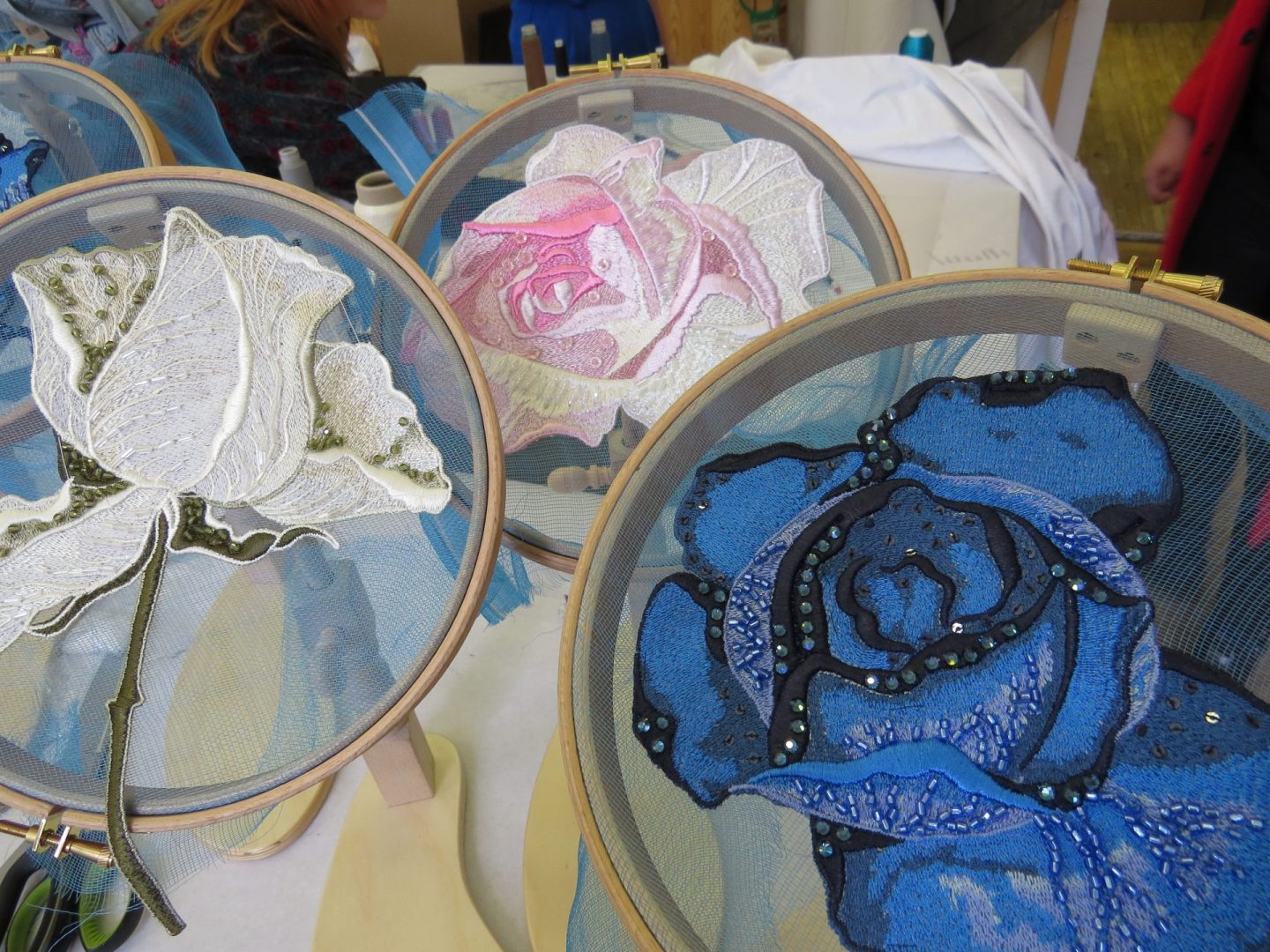
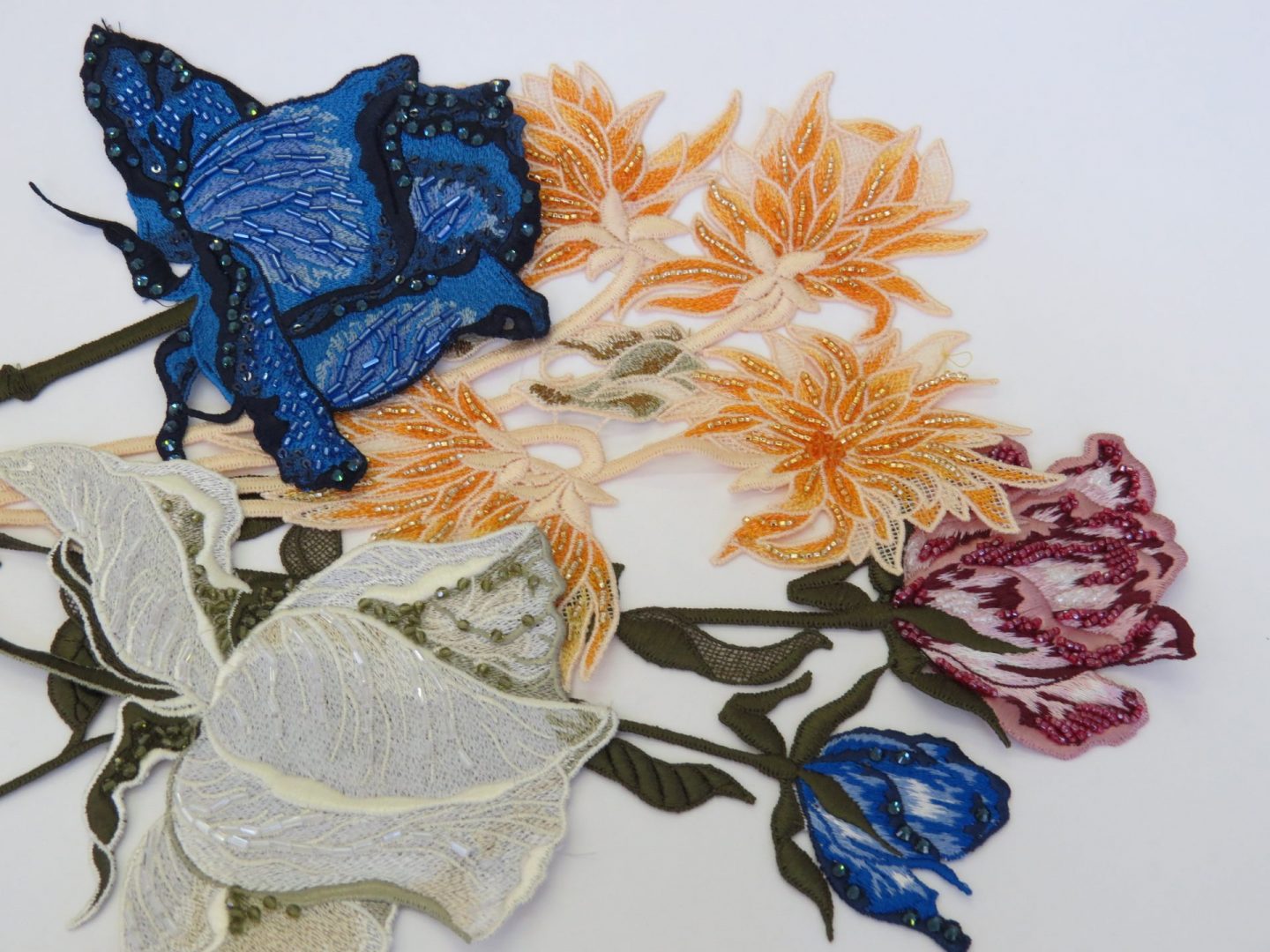
There is no denying the interplay between the Victorian meanings of flowers has impacted the modern use of flowers in fashion. Wedding dresses are more likely to feature Chrysanthemums because they represent fidelity, optimism, joy and long life. Likewise, daisies are commonly found on children’s clothing because according to the Victorians, they symbolise innocence and purity.
What was once a symbol of status has become highly gendered, complex and loaded with meaning. While most of us don’t think too hard about the historic subtext of the flowers we see when we are clothes shopping, we do have a subconscious understanding of some.
For example, we often hesitate to dress men and boys in a floral print but wouldn’t think twice to dress a woman or a girl in flowers.
While this is changing, much of the challenge has come from the LGBTQI+ community. Flowers have always been part of the community’s rebellion and their coded language. A green carnation flower is historically significant having been used by Oscar Wilde. In 1892, the author asked his friends to come to the opening night of one of his plays wearing green carnation flowers pinned to their lapels. The green carnation became a symbol for gay men to discreetly identify each other when being gay was still illegal.
In contemporary men’s fashion (including body art) roses have found a place. The rose is popular in part because of the thorns on the stem and how together they are a symbol of beauty, endurance and power. While the flower historically represents love and passion, the thorns can cause harm, representing the duality of love and strength.
The prevalence of roses as tattoos has opened the door for more roses in men’s fashion and now the gender stereotype of this particular flower has faltered.
Layers of meanings and associations have meant that flowers are a perfect adornment for the body. In clothing, accessories and tattoos they can be appreciated for their aesthetic beauty or they can communicate complex messages.
As the world’s cultures spread and we learn more about diverse meanings and exotic flowers it seems likely the use of flowers in fashion will continue.
The stern gender associations are gradually breaking down and men are increasingly more comfortable wearing flowers, pinks and other tiered old symbols of gender conformity.
While embroidery will maintain certain floral traditions and some historic patterns should be preserved, how we express our identity has to shift out from the Victorian shadow.
Maybe this next mother’s day, and father’s day, be bold and say it with embroidered flowers.
